Android Central Verdict
Campfire Audio is known for high-end IEMs, and with the Satsuma, it has managed to deliver its signature sound in a much more affordable package. The Satsuma produce a lively sound with a tight bass and lively mid-range, and they're lightweight enough for all-day use. Add in the bundled accessories and you get a good overall package for $200.
Pros
- +
Detailed sound
- +
Tight and lively bass
- +
Vibrant mid-range with smooth treble
- +
Lightweight and comfortable to use
- +
Excellent fit and finish
Cons
- -
Costlier than rivals
- -
Design may not be to everyone's tastes
Why you can trust Android Central
Campfire Audio is a Portland-based audio manufacturer that focuses on the high-end category. While most of its IEMs cost north of $600, it now offers a few products that retail for under $300. The Satsuma is the latest addition in that category, with the IEMs retailing for $200.
There's no shortage of excellent options in this category, and for its part, the Satsuma has a unique design that stands out, and the balanced armature (BA) driver delivers a lively bass and vibrant mid-range.
So if you're in the market for new IEMs and are eyeing the $200 category, here's what you need to know about the Satsuma.
Campfire Audio Satsuma: Price and global availability
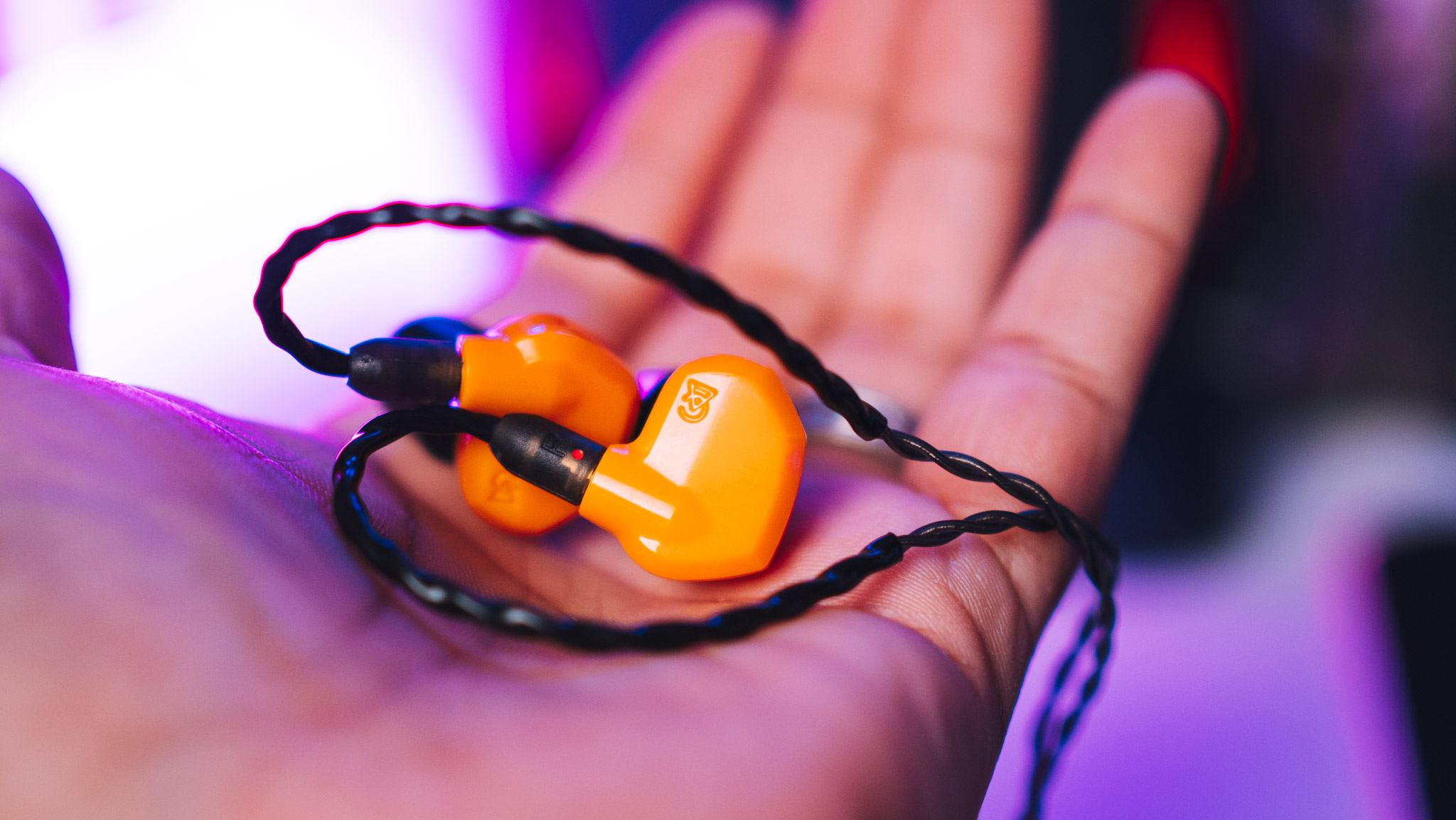
Campfire Audio launched the Satsuma back in July 2021 alongside the Honeydew, with both products aimed at the sub-$300 category. The Satsuma retails for $199 in North America, and it is available from Amazon, B&H, Newegg, and other major retailers. You can buy it directly at Campfire Audio.
The Satsuma costs £199 ($250) in the UK and is available at Amazon and local audio retailers. In India, it is currently selling for ₹15,999 ($206). As is usually the case for IEMs, you get a two-year warranty as standard.
Campfire Audio Satsuma: What you'll love
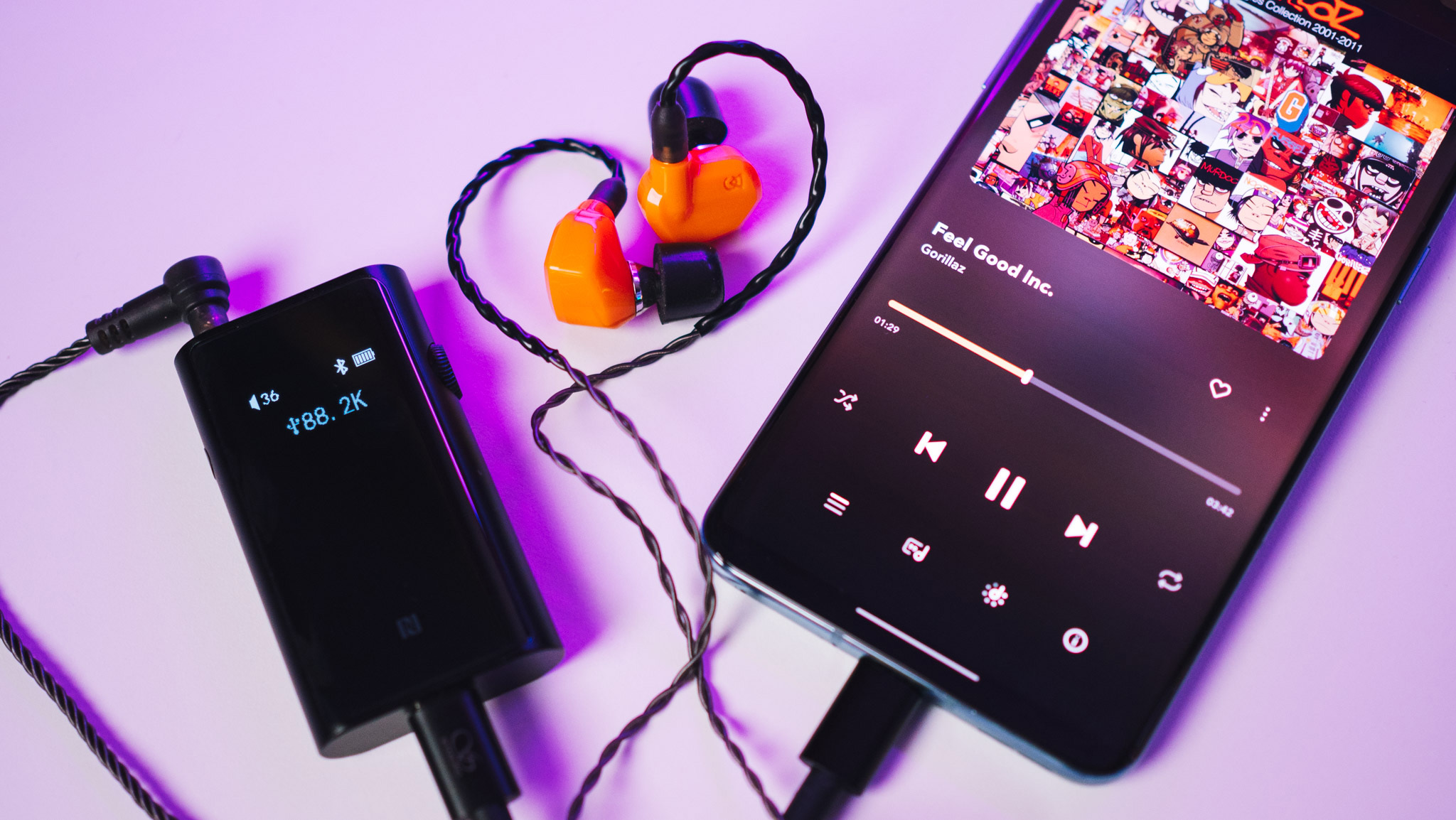
Campfire Audio's IEMs stand out thanks to their distinctive designs, and that's particularly true for the Satsuma. The earbuds have a bright orange hue that looks gorgeous, and they're light and comfortable. The shell design features a lot of sculpted edges on the faceplate, but the inner cavity is ergonomic, and the fit is comfortable for all-day use.
Other than the Campfire Audio logo on the faceplate, the design is devoid of any branding, and the comfortable fit makes the Satsuma great for everyday listening. These earbuds are on the smaller side, and as such I was able to find a secure fit with great sound isolation.
Get the latest news from Android Central, your trusted companion in the world of Android
The main reason for the lightweight design is that the shell is made out of ABS plastic and not steel or aluminum like the Fiio FA7S or other products in this segment, but you don't get the feeling that these are budget IEMs — far from it.

The fit and finish is on par with products that cost thrice as much, and Campfire Audio did an excellent job bringing its unique design aesthetic over to the sub-$200 category. While the shell itself is plastic, the sound nozzles are milled out of steel, and you'll find a wide selection of memory foam and Final Audio silicone eartips in the box. You also get a high-quality carrying case.
The Smoky Lite Litz cable that's bundled with the IEM has silver-coated copper conductors encased in an outer sheath that's durable, and the cable ends in a stereo 3.5mm jack and connects to the Satsuma via MMCX connectors.
The Satsuma feature a ported BA driver, and with an impedance of 46.4 Ohms and sensitivity of 94dB, they need a little more power than other IEMs in this segment. That said, driving these earbuds isn't an issue, and portable DACs like the Bolt with built-in amplification manage to do an adequate job. I used the Satsuma with the Fiio K5 Pro and the Schiit Modi 3/Magni Heresy, and with these sources, the earbuds came alive.

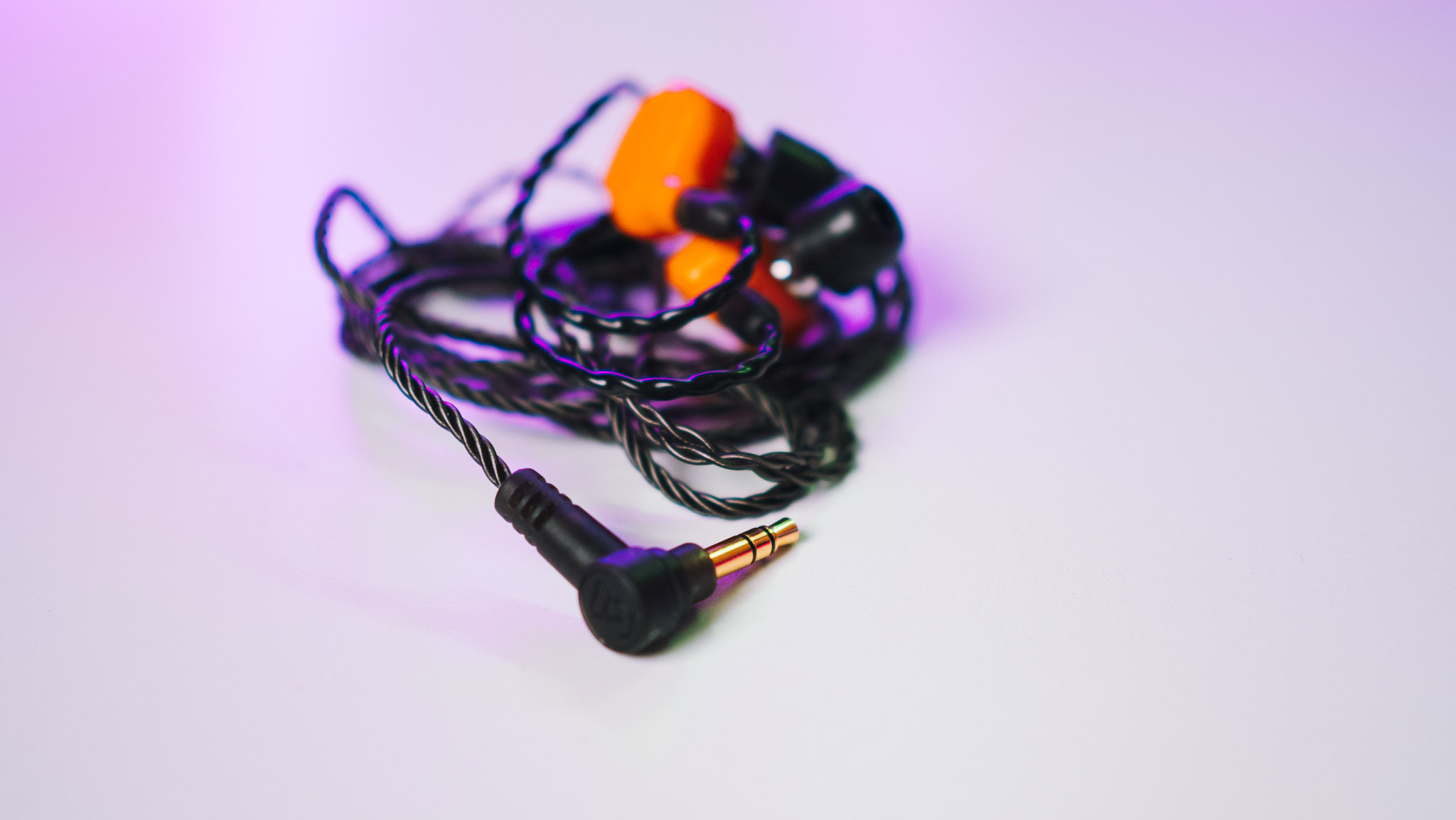

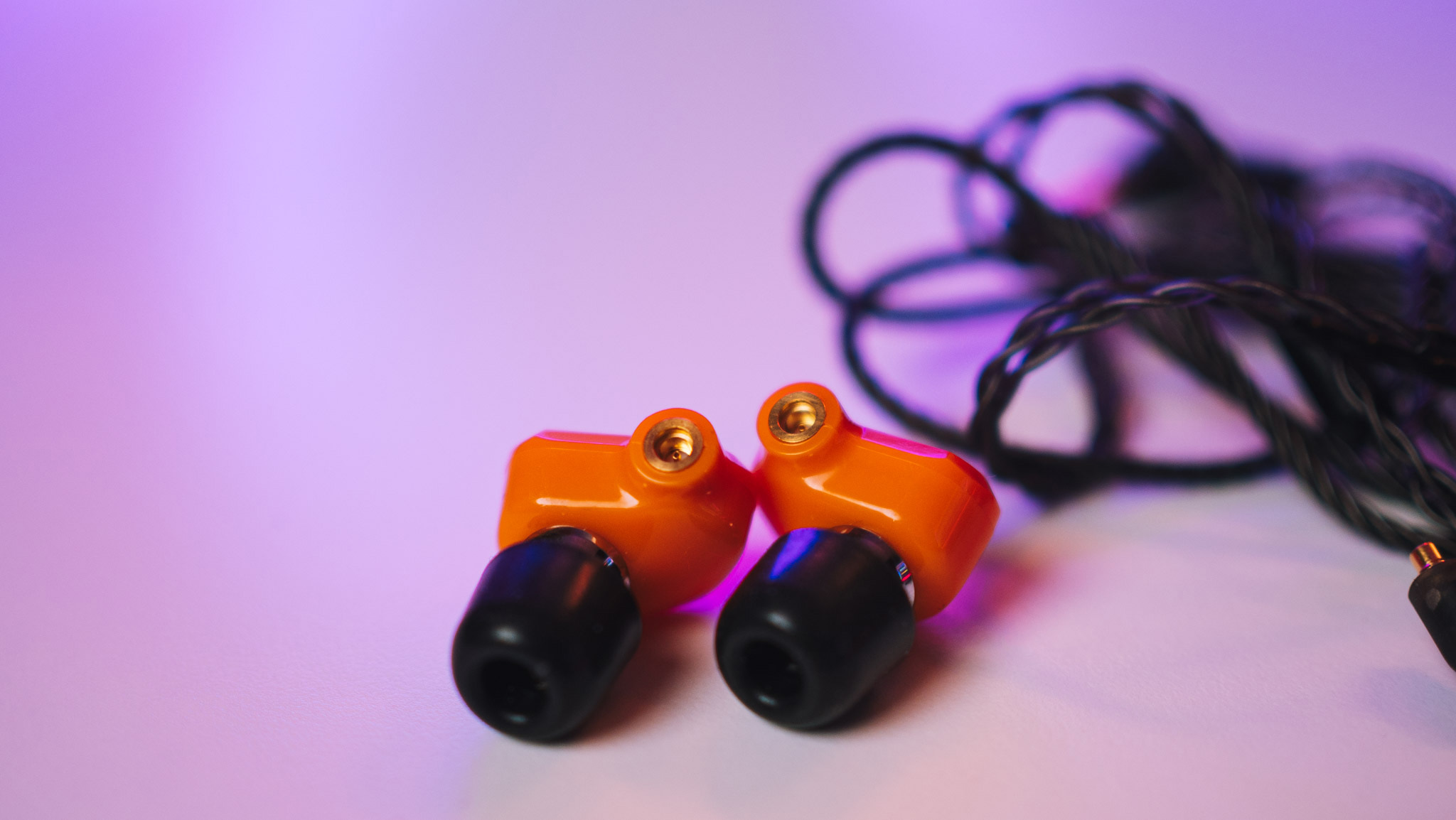
The full-range BA ported driver is housed in a 3D printed acoustic chamber that's designed to maximize the driver's potential, and it makes a lot of difference. For one thing, bass is lively, and you get a punchy low-end that's great if you listen to bass-heavy tracks. There is a decent amount of rumble here, but at the same time, it isn't overbearing or aggressive. The mid-bass in particular is very refined, with snares and drum kicks shining through.
The mid-range is where the Satsuma really delivers, with plenty of presence, clarity, and detail. The tonality is on the warmer side, and vocals some through with good timber and body. There's an airiness to the sound that lends itself very well to jazz and classical recordings.
The treble is smooth with plenty of detail, and while the Satsuma favors higher frequencies, it doesn't get too bright or harsh. That makes it a great choice if you want detailed highs that don't sound too overbearing.
Campfire Audio Satsuma: What needs work

There isn't anything at fault with the Campfire Audio Satsuma at a technical level. The design is a bit on the flashy side and may not be to everyone's tastes, but the build quality is great, and they're lightweight to use.
Coming to the sound, the only area where I found any deficiencies was the lower treble; it isn't as detailed as the other frequencies, and as a result it loses out to its rivals in this category.
Campfire Audio Satsuma: The competition

If you want $200 IEMs, there's no shortage of choice these days. Meze Audio's Rai Solo cost $200 and feature a metal shell with soft edges that's designed for a comfortable fit. The dynamic driver delivers a tight bass that gets particularly lively, and the wide soundstage makes the IEMs great for a variety of genres.
If you want a little more nuance, Campfire Audio's Honeydew should be a good alternative for $250. These in-ear monitors come with a 10mm driver, and they deliver a wider soundstage than the Satsuma as well as a more pronounced bass.
Campfire Audio Satsuma: Should you buy it?
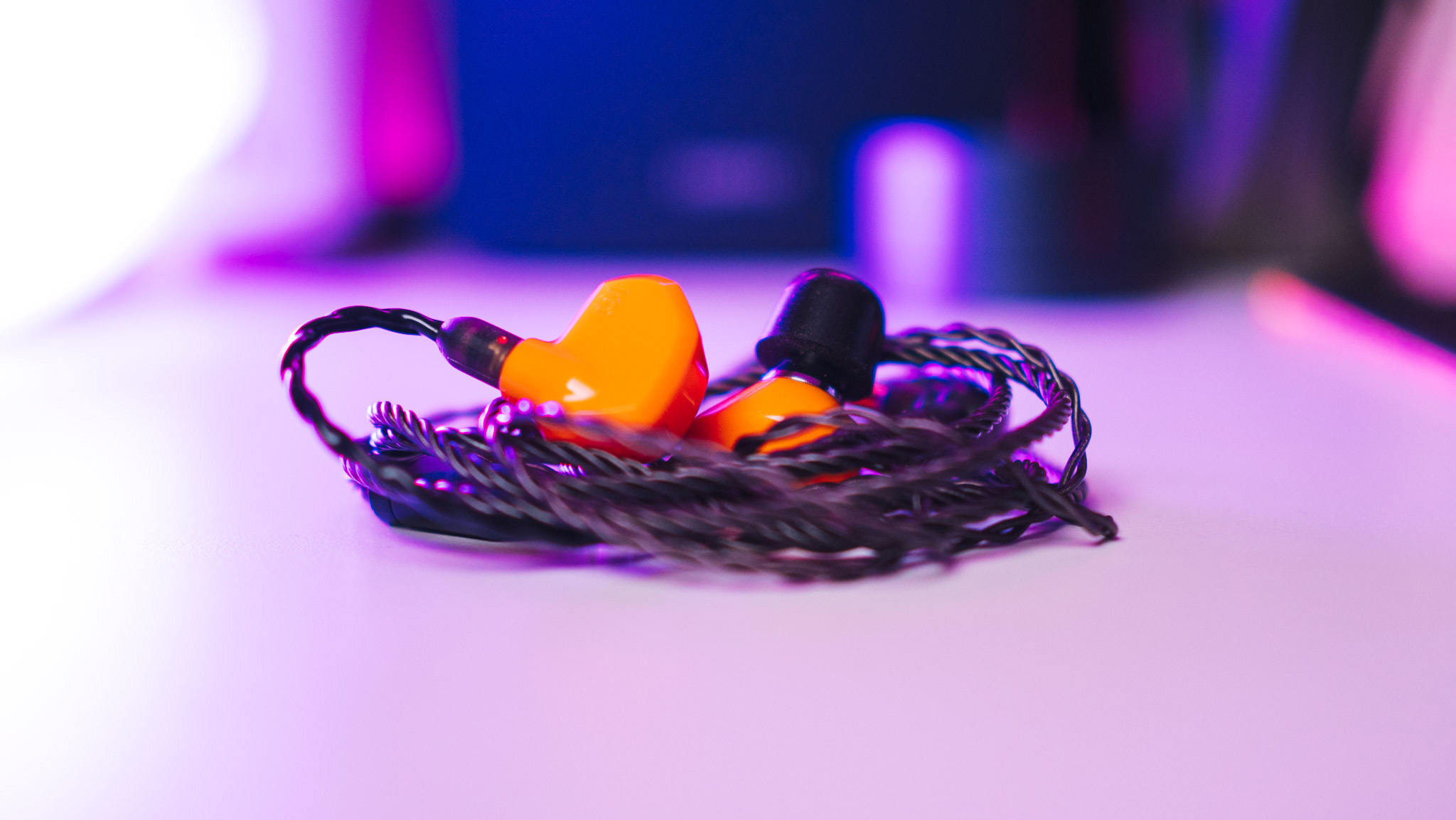
You should buy this if:
- You want $200 IEMs that look and sound good
- You need a lightweight design that's great for all-day listening
- You want a powerful bass and lively mid-range
- You want IEMs that come with a lot of bundled accessories
You shouldn't buy this if:
- You need IEMs that are value-focused
With the Satsuma, Campfire Audio managed to distil the essence of its high-end IEMs into a more affordable package without losing the sound characteristics. You get a lively low-end that's powerful, making the IEMs a great choice for bass-heavy music.
The mid-range is wonderfully detailed and rich, and while you don't get the same exuberance from the treble, the overall sound signature is balanced and highly engaging — it outshines anything you'll find in the best wireless earbuds category.
The Satsuma also have a flashy design that allows the earbuds to stand out, and while they're made out of plastic, they're just as durable and well-made as other IEMs in this category. Overall, these are a great option if you're in the market for $200 in-ear monitors.

The Satsuma delivers engaging sound in a vibrant design that stands out from its rivals. The lightweight design means the IEMs are great for all-day listening, and the build quality is on par with the best in this category.

Harish Jonnalagadda is Android Central's Senior Editor overseeing mobile coverage. In his current role, he leads the site's coverage of Chinese phone brands, networking products, and AV gear. He has been testing phones for over a decade, and has extensive experience in mobile hardware and the global semiconductor industry. Contact him on Twitter at @chunkynerd.

